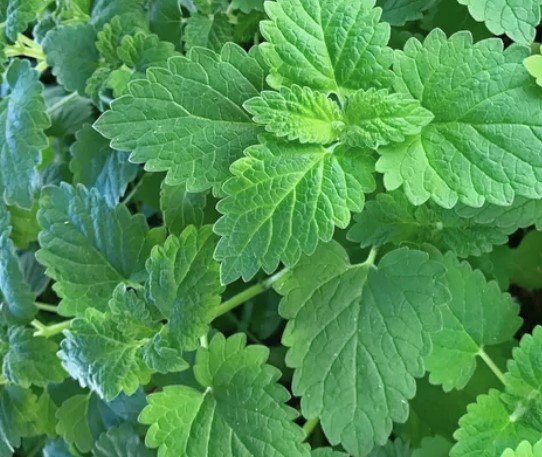Creating a Cat-Friendly Garden : 7 Plants to Grow for Cats
Cats are favorite for everybody. We love to these pets. Cats moving frequently surrounding in our full home. A lot of households will usually find their indoor plants in vulnerable conditions whenever their cats wander around and find the plants enjoyable to chew, scratch or terrorize. For all reasons, whether it’s a fiber craving, an aroma, cats can’t step aside plants. Instead of subduing this catlike frenzy, we should surrender to it, full-time. Instead of observing your favorite plants to be nibbled to death by naughty paws, opt for cultivating mainly plants that are cat-friendly, with attractive scents, intriguing chemicals, and the overall appeal of cats’ curious nature.
Here is below describe 7 cats friendly plants –
Catnip:

This, a member from the mint family, has actually assured its reputation as the cat’s meow. Its euphoria is only experienced by half of the cat population, but if your cat is included in this demographic, they will not hesitate to convey this in the most obvious means possible. Catnip is the one plant that is harmless to cats, totally easy to grow and fun to watch it jump on kittens. Growing this herb somewhere your pet cannot reach is recommended with the leaves being taking occasionally as treats.
Valerian:
The half-moon-shaped white flowers of valerian provide hospitable pollination grounds and are a natural sedative and sleep enhancement for humans. The peculiar aroma, nonetheless, functions as a sluggishness-inducer and excites cats in the same way they do feel after catnip. As a matter of fact, valerian is employed in some perfumes but, due to its highly individual aroma not all of the potential users will like it.
Cat Thyme:
A plant that grows slowly yet seems to attract kitties, usually works for those who turn their head away at the mention of catnip. In summer it unfolds its stems, filled with half-closed pink flowers persisting a sweet fragrance.
Licorice Root:
Cats are crazy about this homemade recipe because of the fact that it contains familiar ingredients that are also equally health. As an anti-inflammatory, glycyrrhiza root helps to treat ailments such as arthritis, liver problems and digestive disorders.
Cat Grass:
It (cat’s grass) is a mixture of wheat, oats, and other cat-safe grains that do not belong to the stimulant catnip family but are easy to nourish, which explains why cats nibble on them occasionally. To promote digestion, to help obtaining the hairball resolution, and to introduce the nutrients not common in pet diet plans, the cat grass becomes a pleasing and convenient tool to hold the cat’s health.
Lemongrass:
Mild both in terms of taste and effect, lemongrass has much in common with other eco-friendly grass species in terms of the benefits it provides to both cats and humans. Everybody knows it needs no specific climate throughout cultivation, whether indoor or outdoor.
Mint:

Cats find it hard to resist the strong smell of catnips, which on the other side is hardy and widespread evergreen. Thus, these plants work perfectly for cat owners struggling with their cats foraging the place. Even though cats don’t swallow and eat, like us, the peppermint but instead only sniff and roll around, too much peppermint may upset their stomach.










